Content Creator :
Indicator : 11.4.1
Date :
Related SDGs:
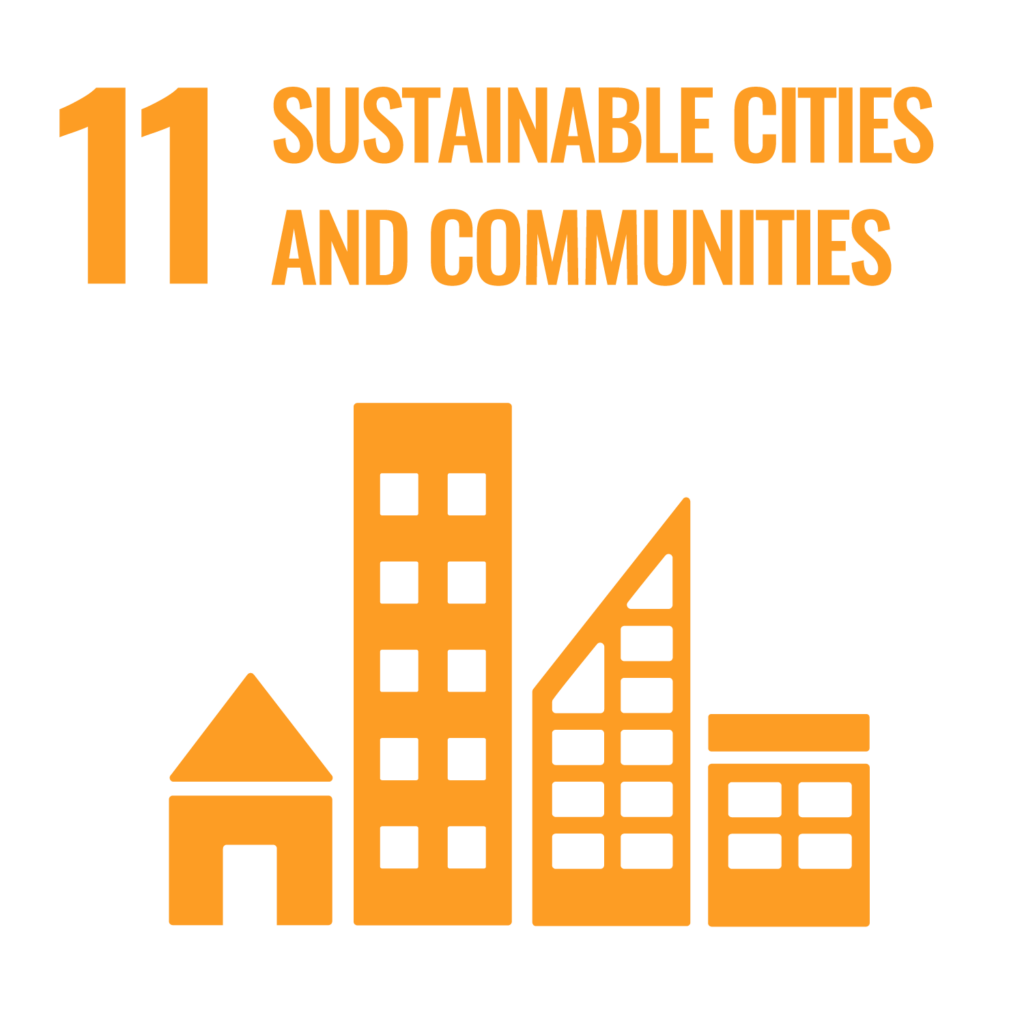
Rajamangala University of Technology Srivijaya, Trang Campus, by Asst. Prof. Kittikorn Khankaew, Dean of the Faculty of Engineering and Technology. Support activities to promote learning to students in the course “Electrical Energy Engineering Project”. Encourage students to create one piece of work before graduation. in the field of Electrical Engineering, Bachelor of Engineering Program by 4th year students Mr. Sofron Jae, Mr. Patipat Songkhai and Mr. Phutharat Kaew-aksorn.

Picture 1 shows one creative work before graduation in Electrical Engineering, Bachelor of Engineering Program, 4th year students Mr. Sofron Je, Mr. Patipat Songkhai and Mr. Phutharat Kaew-aksorn.
Related Links: http://trang.rmutsv.ac.th/trang/th/news/2393-1645511577-576-220222
In the future, there will be developments in the working system of solar energy electric vehicles to be even more efficient and will be designed in the form of a frog-headed tuk tuk. which is considered one of the unique characteristics of Trang Province Rajamangala University of Technology Srivijaya, Trang Campus is pleased to continue to cooperate in the development of the province according to the Trang Smart City Development Plan (Trang Smart City).
The three students planned to build a solar-powered car. Combined with the current economic situation, the cost of living has increased. Especially the price of oil. Because most students use motorbikes as vehicles. As the university has an area of 1,700 rai, there is a need for vehicles to travel. To create convenience and speed. In addition, pollution can be reduced by up to 100%. Therefore, cars that are used on the golf course and are deteriorated have been removed. To modify the external appearance and assemble it with an installation kit consisting of 3 main parts: 1. A 400 w. mono-distal solar cell panel used as a solar energy charging source. 2) A lithium-ion battery. phase electrical energy storage which is a lightweight battery Gives high energy Has a long service life. 3) Super capacitors, which have the ability to fully charge quickly, saving charging time. In addition to being charged with solar energy. It is also designed to be charged with electricity at home. It takes about 4-5 hours to charge and can be used in a distance of 20 km per charge at a speed of 40 km/hr. The students named this solar-powered electric car “Doraemon”.
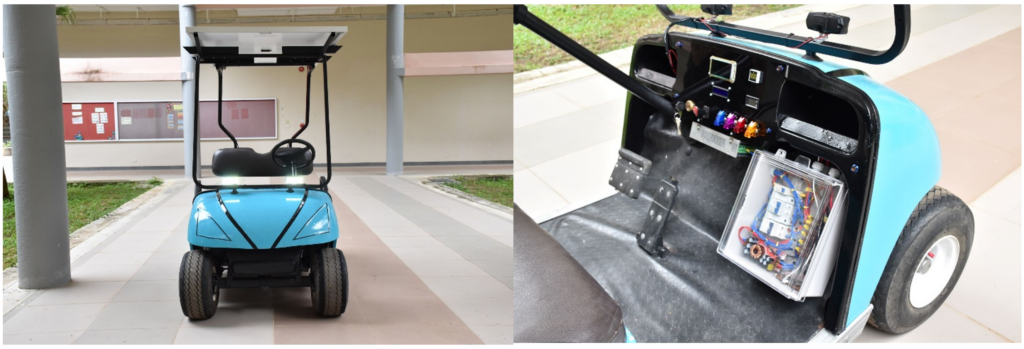
Picture 2 shows the installation equipment created by students. Solar powered electric train reduces pollution and stops using oil 100% by 4th year students Mr. Sofron Je, Mr. Patipat Songkhai and Mr. Phuthares Kaew-aksorn.
Related Links: http://trang.rmutsv.ac.th/trang/th/news/2393-1645511577-576-220222
Lecturer Sitthisak Rojchaya, Head of the Electrical Engineering Program. The project advisor said that the invention and innovation of solar energy electric train students cost a budget of 30,000 baht, which does not include the part of the vehicle that is assembled. Spending time together with the students for approximately 1 month, the three students were willing to share their duties and help each other very well. Now it can actually be used within the university. To send and receive documents between school buildings. Reduce fuel use and reduce pollution. On December 20, 2021, solar energy electric cars were introduced.
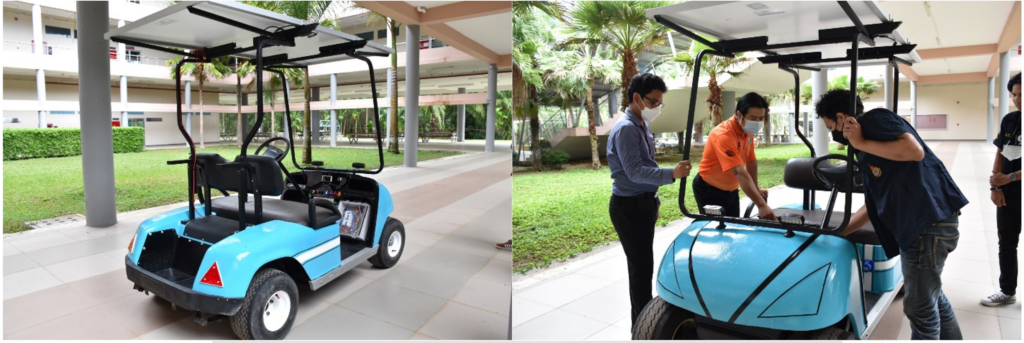
Picture 3 shows a demonstration of the actual use of a solar electric vehicle.
Related Links: http://trang.rmutsv.ac.th/trang/th/news/2393-1645511577-576-220222
In addition, all Srivijaya University campuses have developed pedestrian areas suitable for people of all genders and ages. Including support for disabled access. This is because the university has a policy supporting pedestrian security for access to university areas from insiders and outsiders. The construction project has already been put into use. Helps facilitate students in traveling on foot between buildings which have roofs covering them to protect from sun and rain and clearly separating the main traffic routes for cars. Create safety for pedestrians and those using the road.
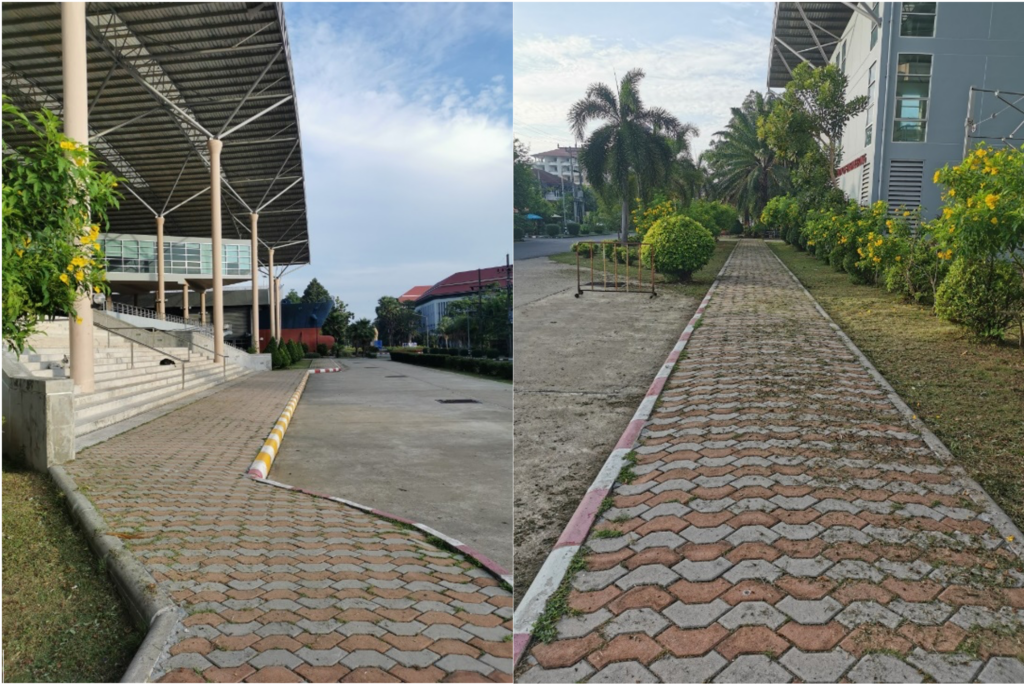
Picture 1 shows the pedestrian walkway in front of the Engineering Building. Rajamangala University of Technology Srivijaya Songkhla

Picture 2 shows the footpath between the Faculty of Architecture buildings. Rajamangala University of Technology Srivijaya Songkhla
Source: From a real photograph on September 8, 2023
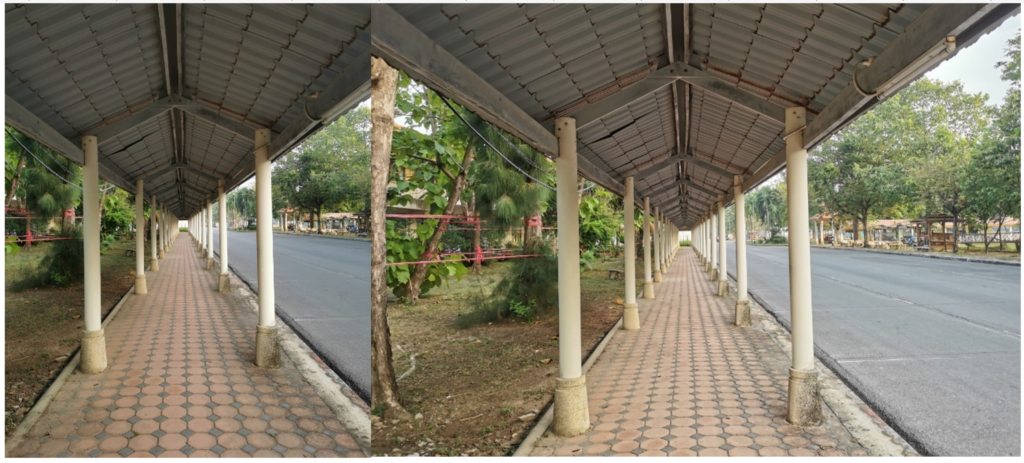
Picture 3 shows the pedestrian walkway between the buildings. Rajamangala University of Technology Srivijaya Songkhla
Source: From a real photograph on September 8, 2023 (Tasawan Thong-on)
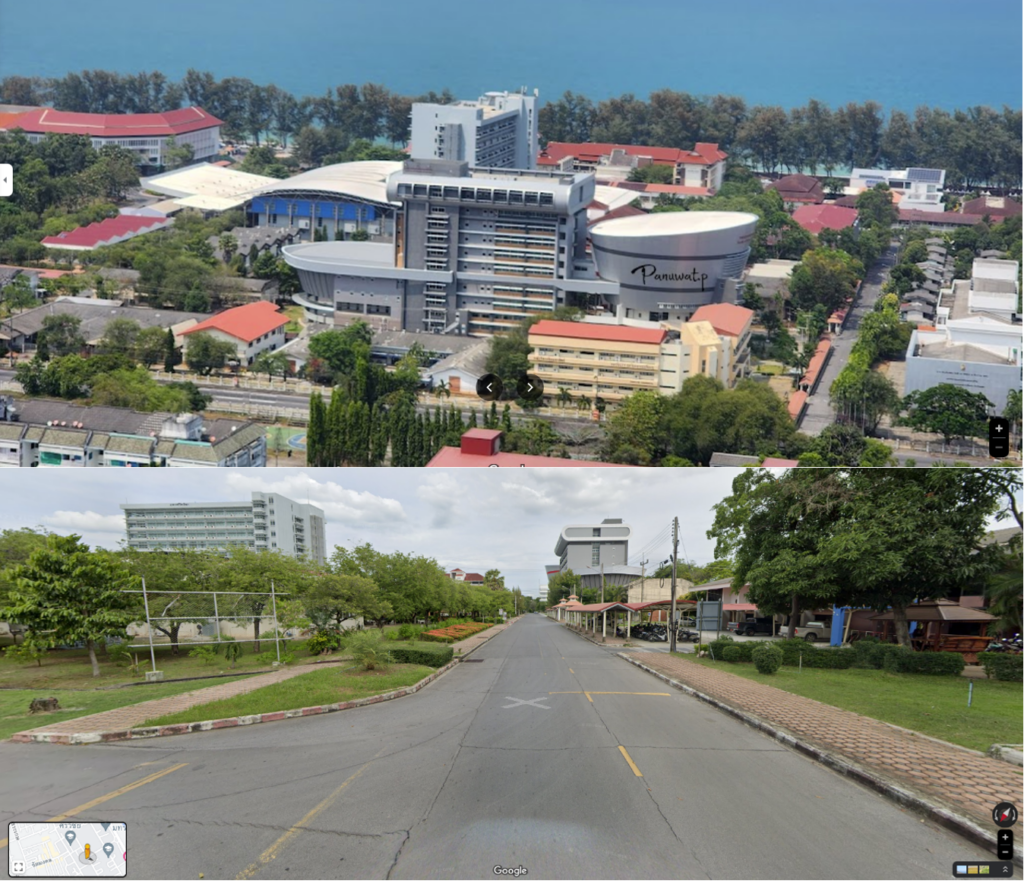
Picture 3 shows the pedestrian walkway between the buildings. Rajamangala University of Technology Srivijaya Songkhla
Source: From a real photograph on September 8, 2023 (Tasawan Thong-on)
In addition, the installation includes a CCTV camera system at more than 20 high-risk locations and an electrical lighting system. To monitor safety 24 hours a day while walking and to encourage exercise and good health. Reduce fuel energy consumption rate.




